

James Wong
1 Month Ago
There's a new generation of Mitsubishi Outlander coming next year but is the current one – one of the few three-row mid-size SUVs – still worth buying?
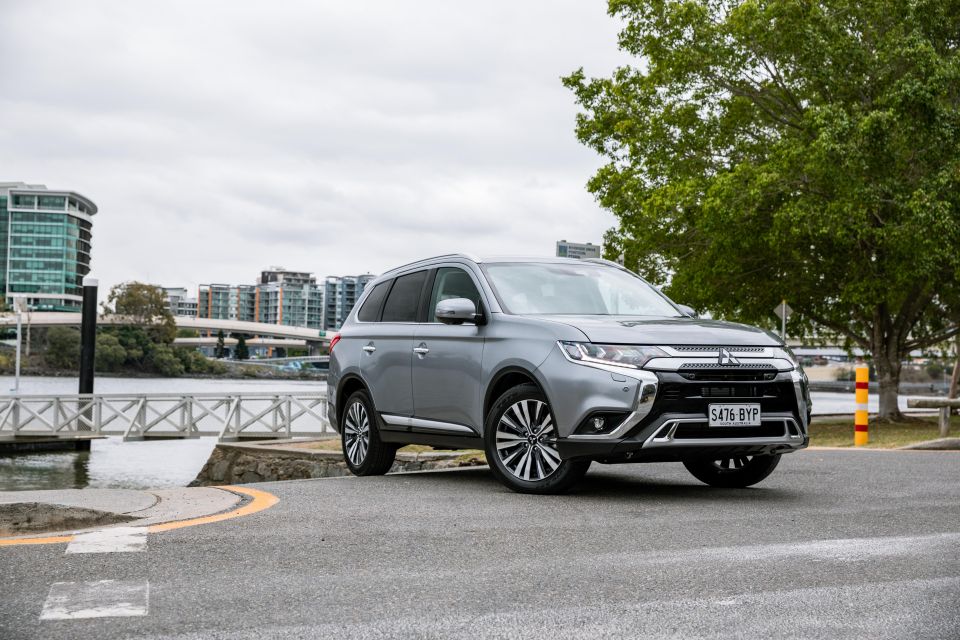
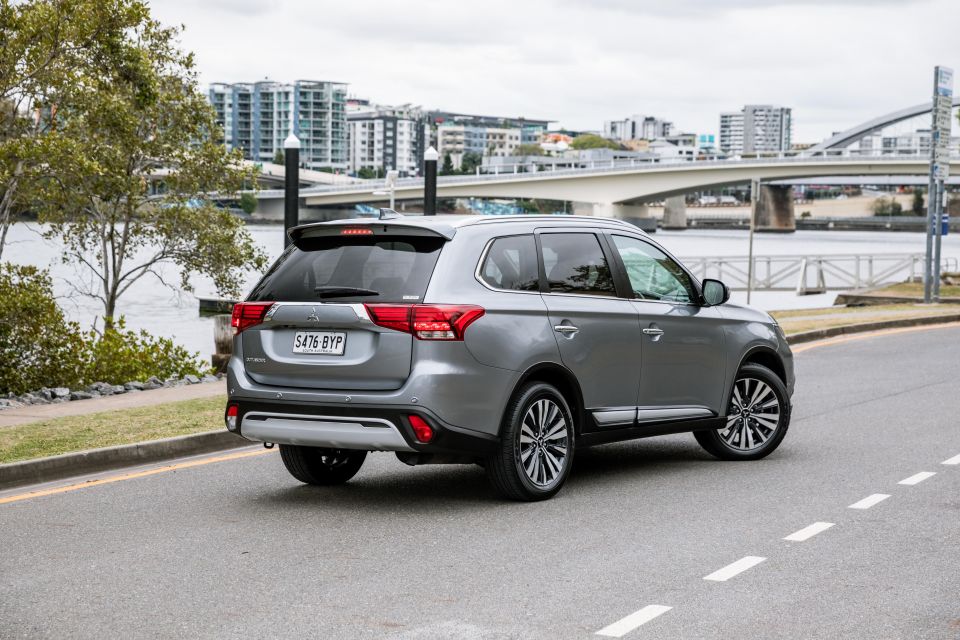

News Editor
New from
$29,490
excl. on-roads

News Editor
New from
$29,490
excl. on-roads


News Editor
New from
$29,490
excl. on-roads

News Editor
New from
$29,490
excl. on-roads
Quickly see how this car stacks up against its competition. Select any benchmark to see more details.
Take advantage of Australia's BIGGEST new car website to find a great deal on a Mitsubishi Outlander.
We all know a friend or two with a Mitsubishi Outlander. Last year, it was the fifth-best selling vehicle in Australia’s best-selling segment, the mid-sized SUV segment. That’s impressive, especially considering the current-generation Outlander dates back to 2012 and is based on a platform first introduced in 2006.
In a way, the ASX has taken the natural place of the Lancer while the Outlander is a modern-day Magna (the Eclipse Cross must be the contemporary equivalent of the Galant).
The next Outlander will likely share a platform with the already revealed 2021 Nissan X-Trail, another veteran in the segment. It’s a good thing a new generation is coming because the Outlander is starting to feel its age.

The Exceed is the top trim level for the Outlander range and is available with the 2.4-litre petrol, 2.2-litre turbo-diesel, and plug-in hybrid powertrains. All-wheel drive is mandatory with all three powertrains.
In petrol guise as tested here, it retails for $43,990 before on-road costs. Of course, that’s the recommended retail price. Mitsubishi has been known to dangle some tempting offers, including drive-away deals, free servicing, and seven-year warranties.
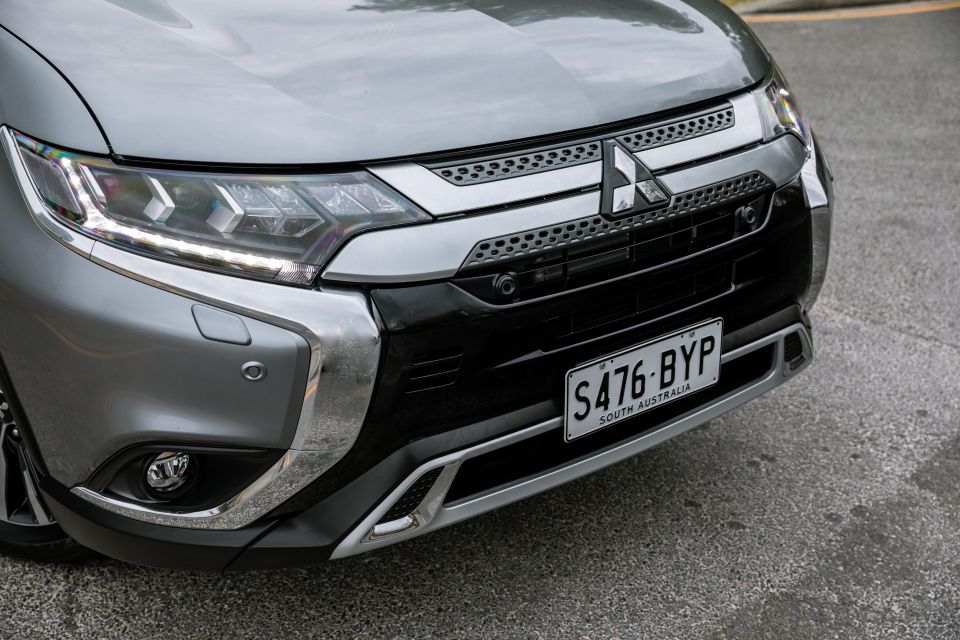
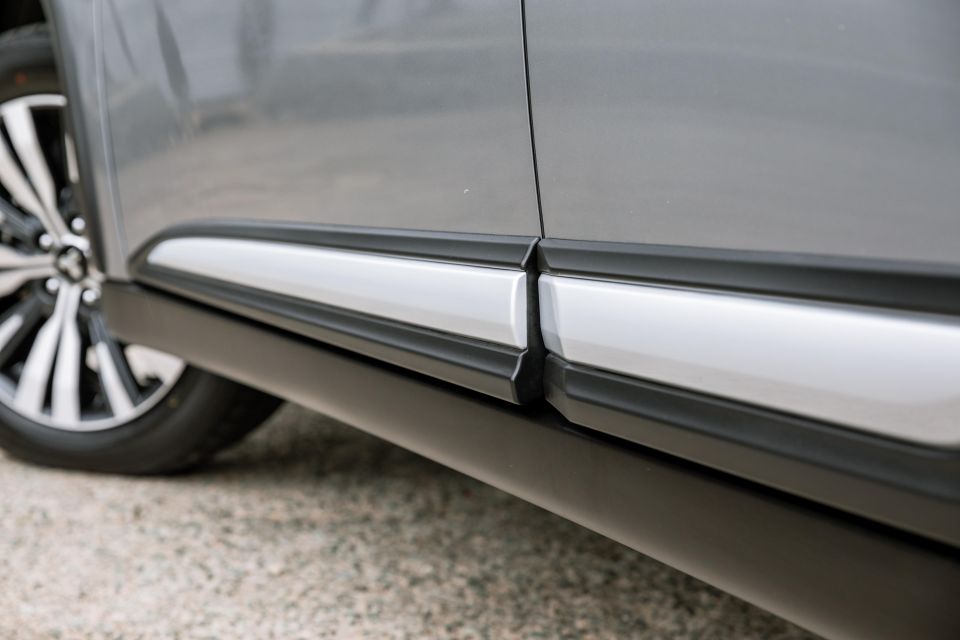
Features standard on the Exceed that can be found on lesser Outlanders include adaptive cruise control, proximity entry with push-button start, a reversing camera and rear parking sensors and rain-sensing wipers.
Standard safety kit also includes autonomous emergency braking with forward-collision warning, as well as lane-departure warning, blind-spot monitoring and rear cross-traffic alert.
The Exceed adds LED headlights with washers, a surround-view camera, a power tailgate, front parking sensors, a sunroof, and leather seats that are heated up front. The 8.0-inch touchscreen infotainment system also includes satellite navigation, in addition to the Android Auto and Apple CarPlay in lesser grades, while the sound system picks up an additional two speakers for a total of eight.

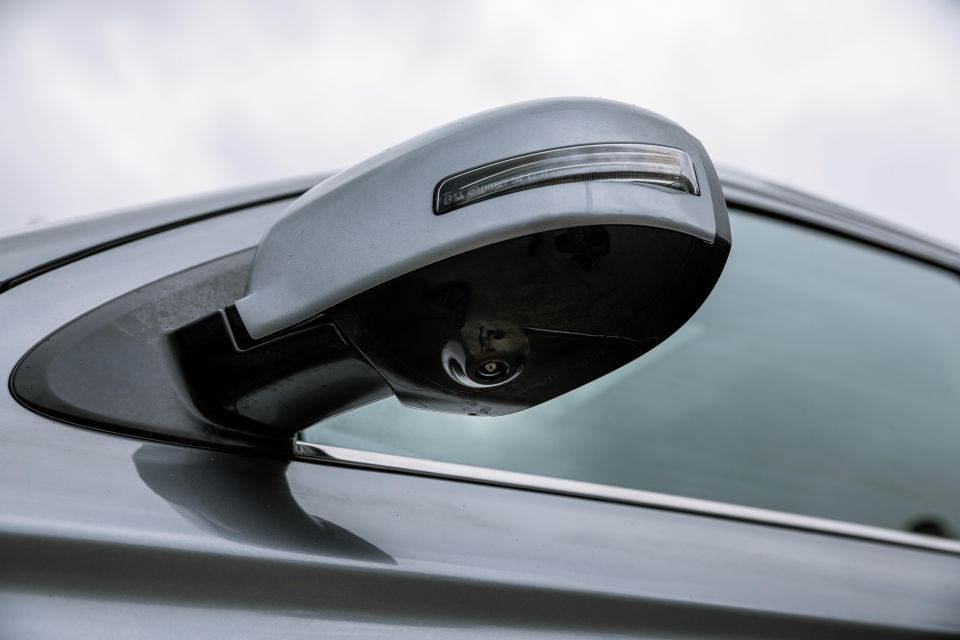
There’s some stiff competition in this segment.
The Nissan X-Trail ST-L offers both seven seats and all-wheel drive, though not together. If you’re happy with front-wheel drive, the three-row ST-L offers leatherette seats (heated up front), surround-view camera, blind-spot monitoring and rear cross-traffic alert, though it does without adaptive cruise control, a sunroof and rain-sensing wipers. It does, however, cost only $39,300 before on-roads.
Or there’s the seven-seat Honda CR-V VTI-L7 that does without all-wheel drive but mostly matches the Exceed on standard kit and costs a few hundred dollars less. Mazda’s larger CX-8 Sport, effectively a stretched CX-5, matches the Exceed on safety inclusions if not luxury items and also does without all-wheel drive, though it costs just $39,910.
Of the Outlander’s five-seat rivals, there’s the Hyundai Tucson Elite AWD which goes without a sunroof or power tailgate but packs a punchier 1.6-litre turbo four and a price tag over $2000 less.
Perhaps the most prominent of its rivals is the Toyota RAV4 Cruiser Hybrid. If you don’t mind the waiting time, you’re looking at an economical five-seat mid-sizer with all the kit of the Exceed (and more) and a price tag a few hundred dollars less in front-wheel drive guise.
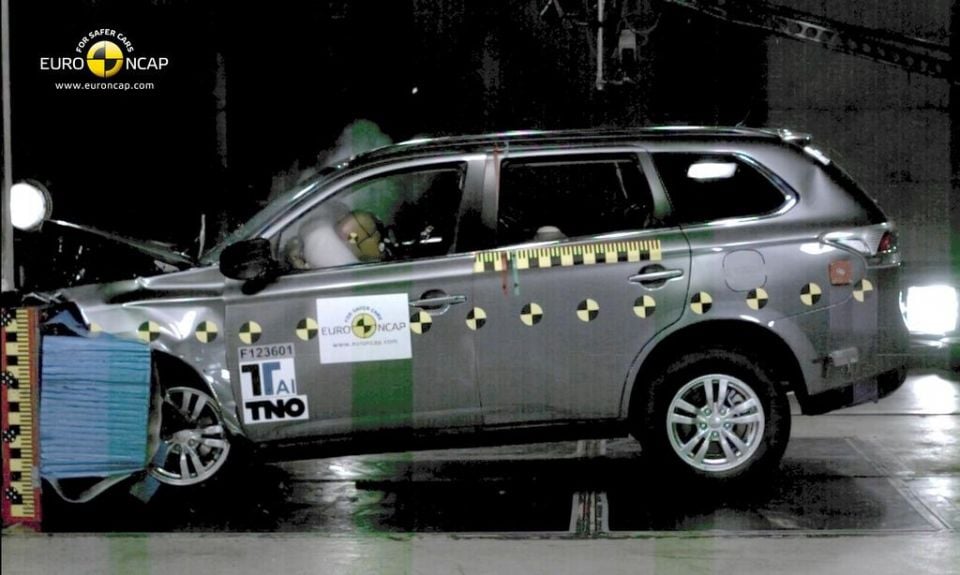
The Outlander has a rating of five stars from ANCAP based on testing conducted in 2014. This means it was tested before ANCAP’s change to category scores for adult occupant protection, child occupant protection, vulnerable road user protection and safety assist.
The five-star rating was instead based on a frontal offset score of 15.58 out of 16 and a side impact score of 16 out of 16. Whiplash and pedestrian protection were rated Good and Acceptable, respectively.
The Outlander Exceed comes standard with lane-departure warning, albeit no active lane-keeping assist. Also standard is blind-spot monitoring, as well as autonomous emergency braking that works at speeds between 5 and 80km/h when it detects a vehicle and 5 and 65km/h when it detects a pedestrian.
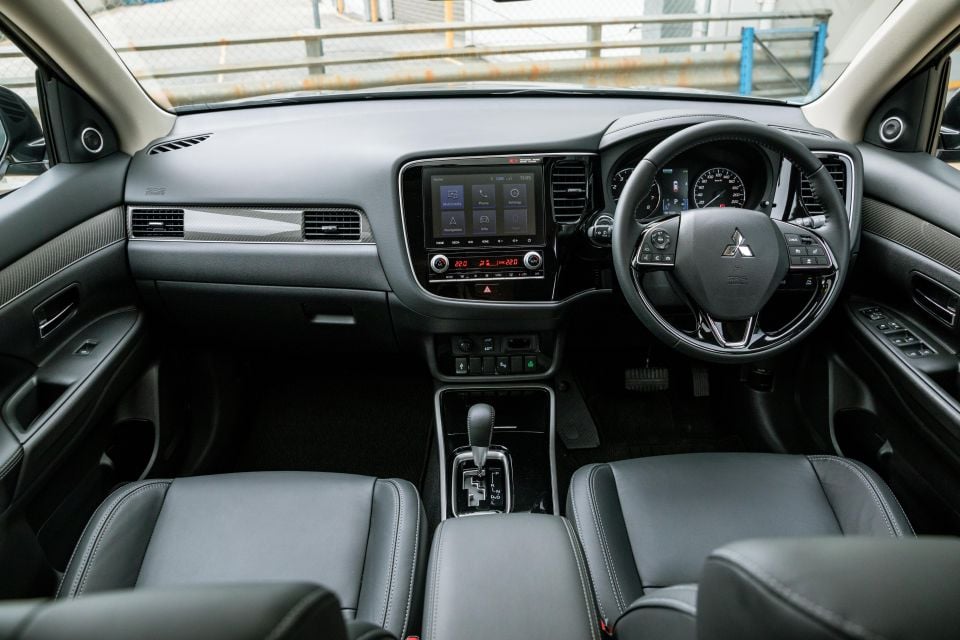
The Outlander’s exterior has held up relatively well – Mitsubishi has almost mastered the art of the facelift, with the 2019 ASX and most recent Outlander updates in 2015 thoroughly rejuvenating these models’ exteriors.
That’s the outside. The inside is a different story, and unfortunately first impressions disappoint. The doors feel thin and require a firmer close than in some rivals, while the keyless entry button next to the door handle looks cheap and requires a firm push.
Step in and you’re greeted with a relatively innocuous cabin. There are soft touch plastics used on the dash-top and the tops of the doors, although that’s expected for the class. The dash design isn’t flashy but it’s fairly ergonomically friendly, with switchgear mounted nice and high.
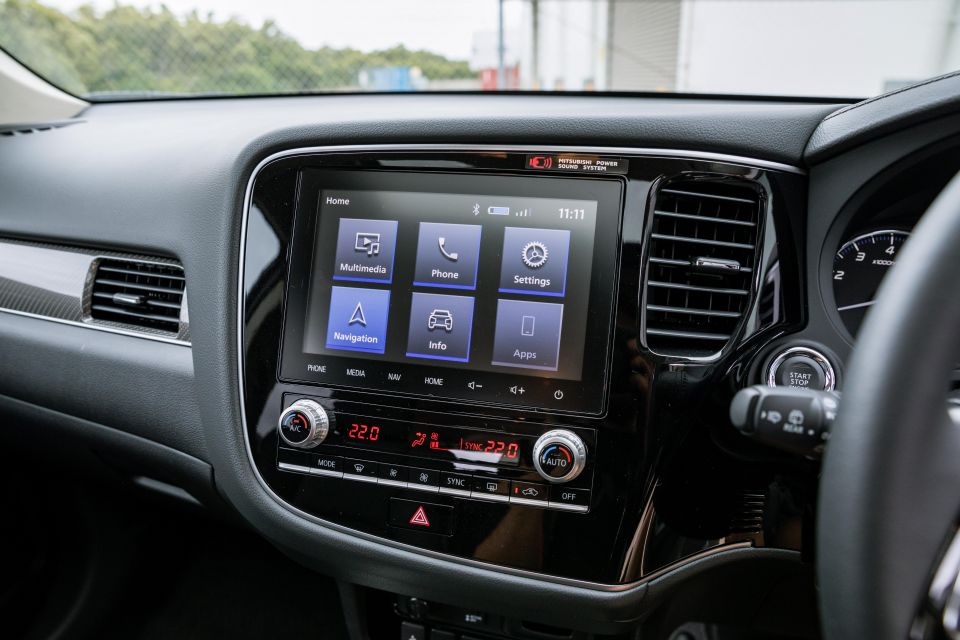
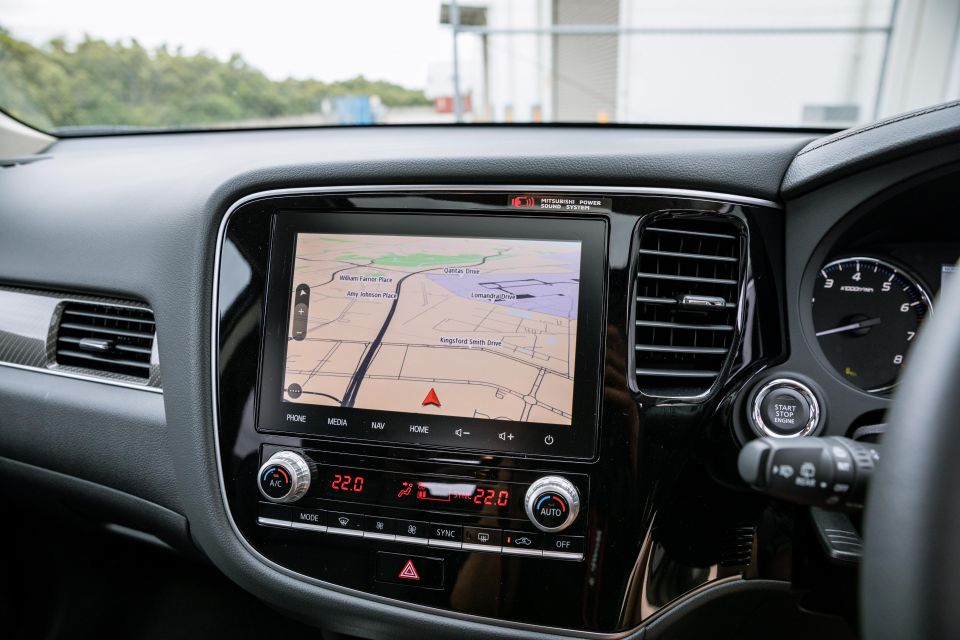
There are also bottle holders in the doors that can easily swallow 600ml bottles, and even 1L bottles in the front doors.
The infotainment system is a good size (8.0 inches) and boasts Android Auto and Apple CarPlay. Its graphics are dated, however, especially the naff, strangely formatted message at start-up that looks like a Windows error screen. We’d also love to see physical shortcut buttons like those used by Toyota, Hyundai and Kia.
The navigation screen opens massively zoomed out. It’s a minor detail, but rivals don’t do this. You can press the arrow button and it’ll zoom you in, though you’ll still have more dated navigation graphics than, say, a Hyundai Tucson or Kia Sportage.
The infotainment system also just completely packed up twice. The first time, the screen went black, though it appeared some touch inputs were still working. Restarting the car didn’t fix it, so we just went without and, once we came back from the shops and restarted the car, it was working again.
The next time was when we were lining up shots with the photographer. With Android Auto activated, our call with the photographer wouldn’t go through Bluetooth. When the Outlander eventually allowed us to select this audio source, the call quality was patchy and we could only hear every second sentence.
Finally, giving up on Android Auto entirely, the infotainment just froze on the Phone menu. Again, a quick restart didn’t fix it, though leaving the car off for a while and then restarting it seemed to fix it.
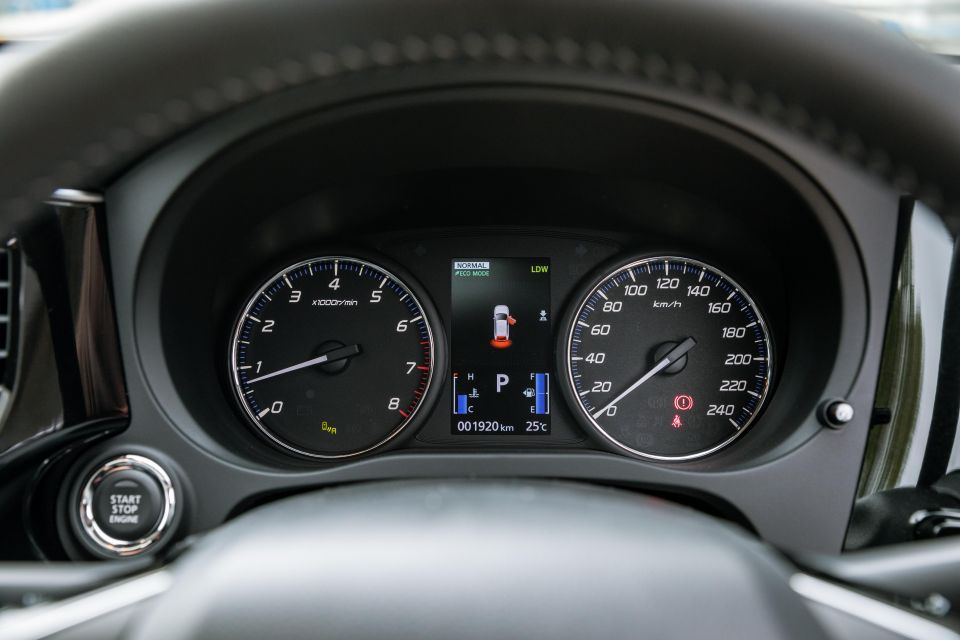
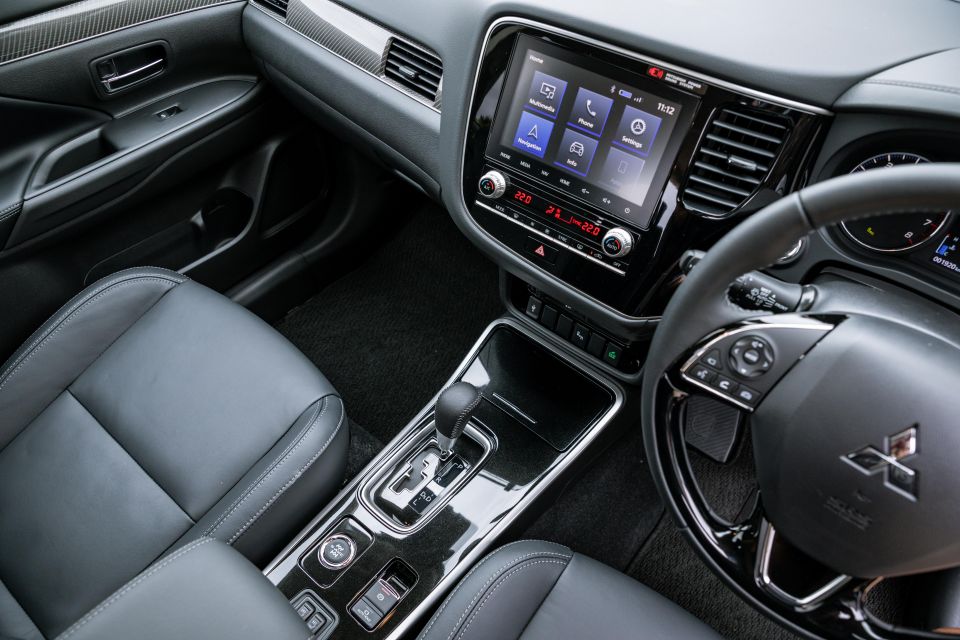
Elsewhere, there are some annoying foibles in the interior. There’s no storage in the centre console except for two cupholders and a console bin, so there’s no tray or anywhere you can put your phone.
The dash-mounted USB outlet has a flimsy rubber cover, and at night that part of the dash is a no-man’s land due to the lack of backlighting. Even turning on the dome lights fails to illuminate this adequately, making plugging a USB cord in an exercise in frustration.
It’ll be a wonderful day when Mitsubishi finally pensions off its current-generation analogue instrument clusters. There’s no digital speedometer and the multi-information display is navigable only via a single button, hidden behind the wheel and right next to the stability control button. We’d also like a more intuitive average fuel economy calculator.
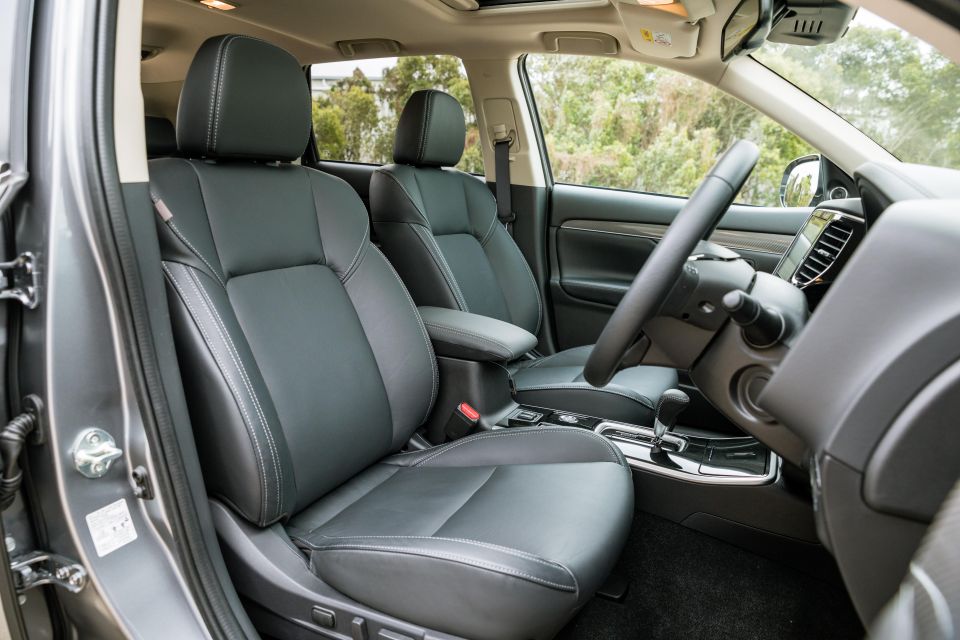
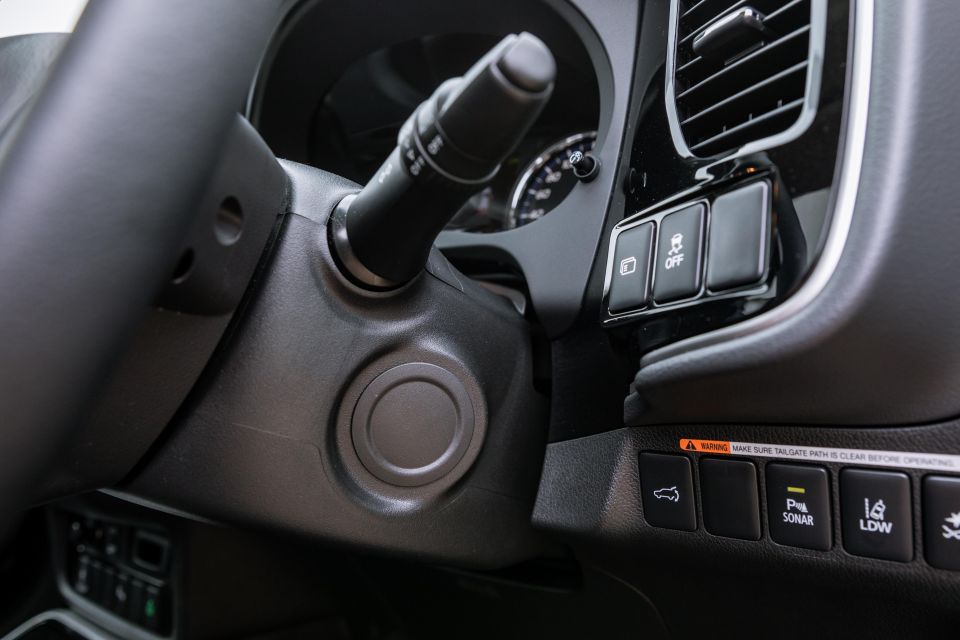
Speaking of misplaced buttons, the lane-departure warning is over by the driver’s door while the blind-spot monitoring button is in the dark reaches of the centre stack. Despite the Exceed being a top-spec model, there are a total of five button blanks plus a piece of black plastic covering where the ignition is in models without push-button start.
The column stalks feel cheap, as do the seats. They look thin and cheap with rumpled leather. They’re not overly comfortable, either, while they also exhibit the same feeling of slightly loose mounting we experienced in the ASX.
A creak also started to emanate from the front passenger seat during our time with the Outlander, again something we experienced in the ASX.

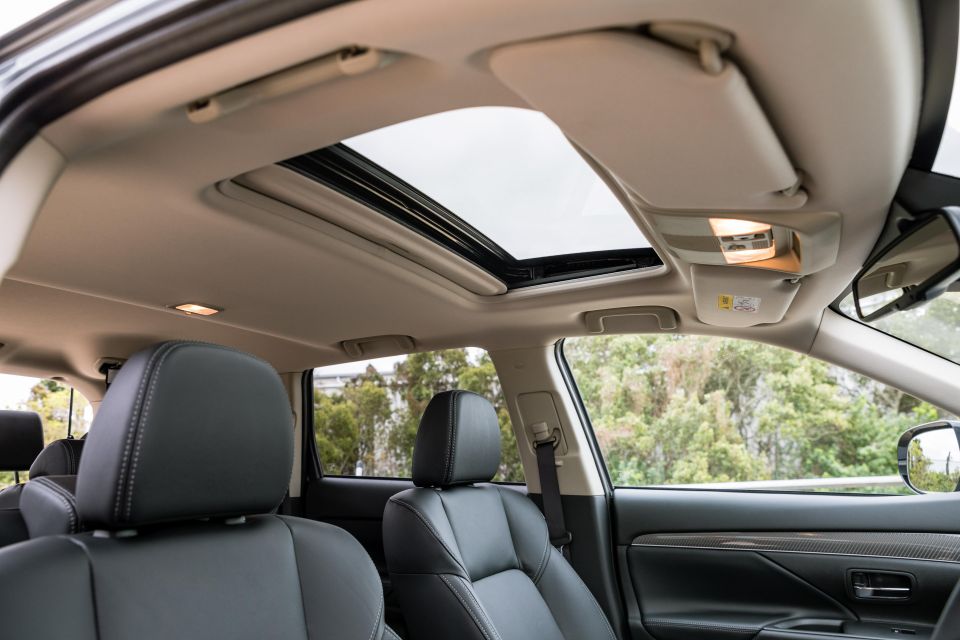
The seats aren’t amazing in the second row but there’s a good amount of room back here. Just watch your head – if you’re taller than 180cm or so, you’ll find it brushing against the ceiling due to the sunroof.
Second-row occupants have vents and two USB outlets, as well as map pockets in the soft front seatbacks. There are two ISOFIX and three top-tether anchor points for child seats.
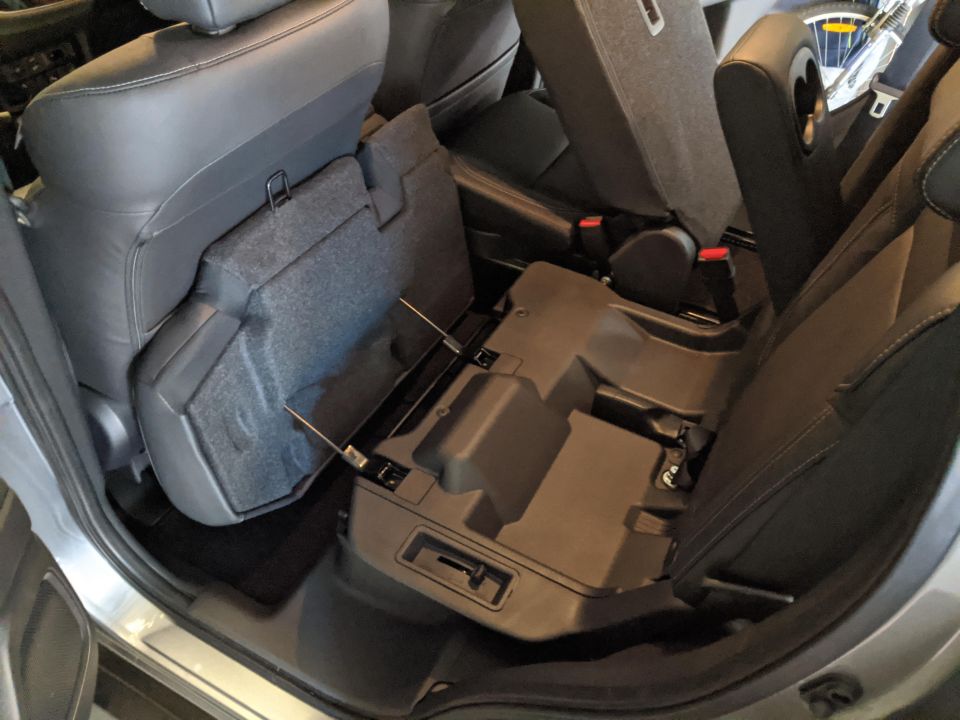
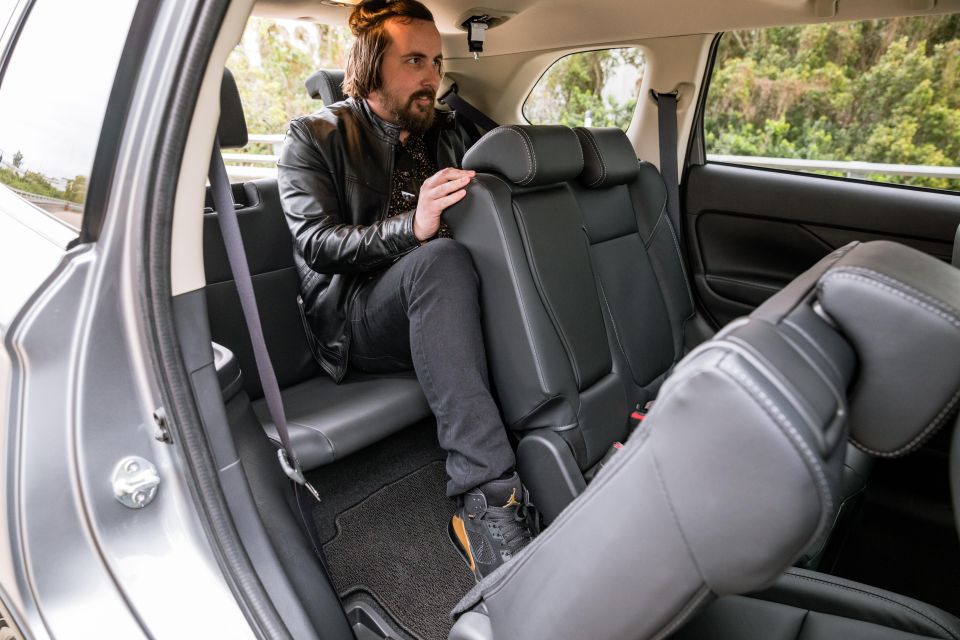
The folding of the second row is unintuitive. While in most rivals you’d just pull a lever and push it down to fold it flat, you have to follow a peculiar multi-step in the Outlander. Make sure the second row is all the way back and the headrest all the way down, then lift the cushion, push it forward, push a lever and push the base again.
That also means the seat base sticks up above the seat back, ultimately limiting the length of the cargo area if only by a marginal amount. In contrast, the third row folds flat easily.
I did what no adult will probably ever do – I sat in the third row of an Outlander. I can confirm there’s no way someone my height (180cm) can get back there with any sense of grace, and no way they could sit upright and buckled in for more than a few minutes without a human being’s natural flight instinct kicking in.
But that’s fine – few vehicles in this segment offers the option of a third row and these thin seats are designed more for occasional use by children. In that context, they’re fit for purpose. If you need to be able to fit someone bigger back there, Hyundai will sell you a base model Santa Fe V6 for the Exceed’s price.
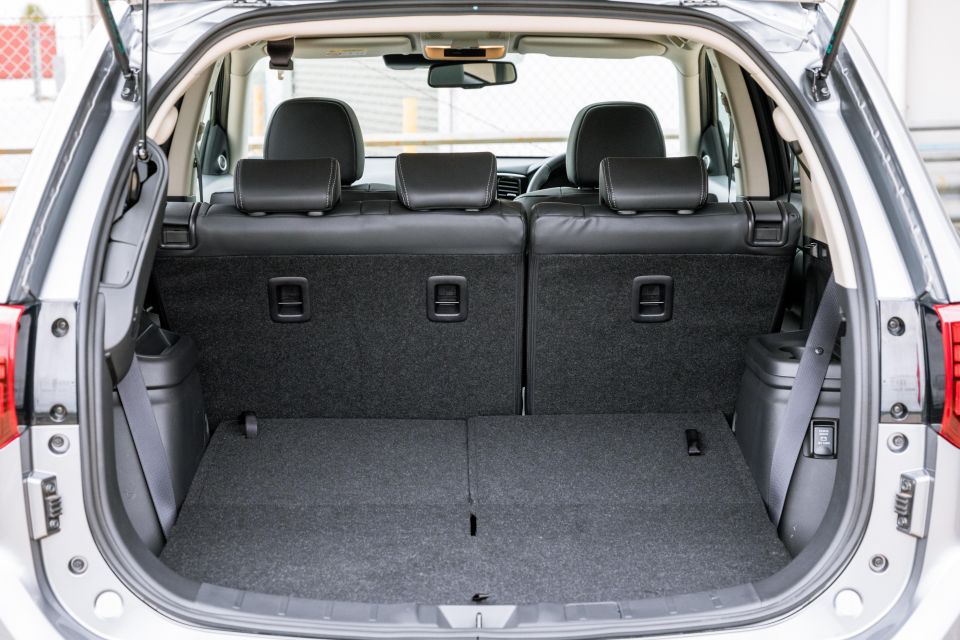

Kids back there have two cupholders, albeit on the driver’s side. There’s also a 12V outlet.
The Outlander’s total cargo space is 128L with all three rows up, leaving little space for luggage. That said, the three-row Nissan X-Trail is no better. Folding the third row increases volume to 477L, while folding the second row yields a total of 1608L.
The petrol Exceed has a space-saver spare even though the rest of the petrol and diesel Outlander range – even those with seven seats – pack a full-size spare.
Powering the Outlander is a naturally-aspirated 2.4-litre four-cylinder engine producing 124kW of power and 220Nm of torque. It’s mated exclusively to a continuously-variable transmission, and in the Exceed’s case is available only with all-wheel drive.
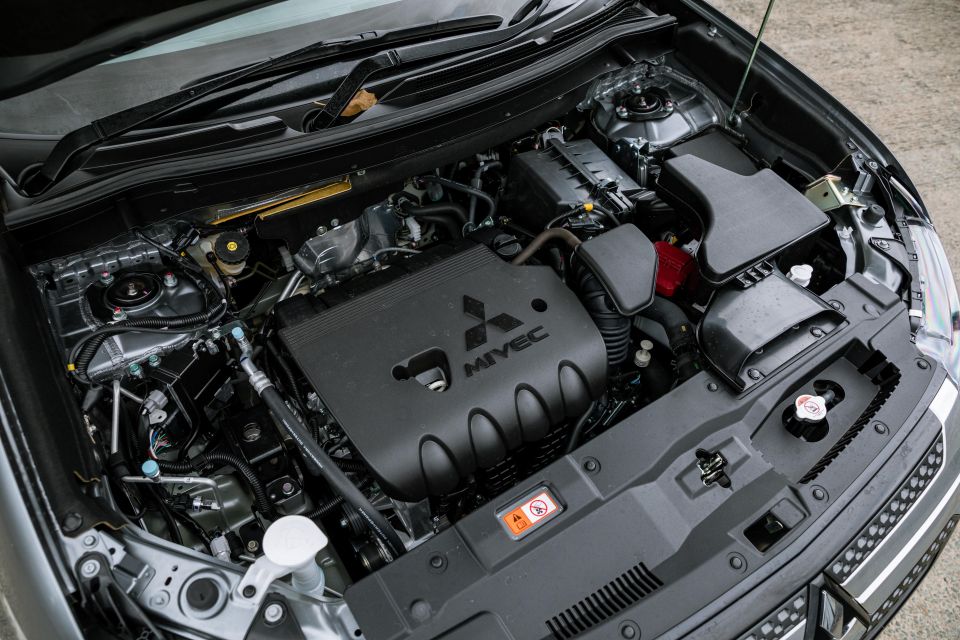
In a mix of city and highway driving, we recorded an average of 8.6L/100km. Mitsubishi claims an average of 7.2L/100km. If you want improved fuel economy, the turbo-diesel Exceed has a combined fuel consumption figure of 6.2L/100km but it costs $3500 more.
That hardly seems worth it for fuel savings alone, though it does have a slightly higher braked towing capacity (2000kg vs. 1600kg) and a higher towball load (200kg vs 160kg).
Perhaps the best part of the Outlander’s dynamics is the safe, predictable handling its all-wheel drive system affords. It helps get the Outlander’s adequate amount of power down to the road without any hassle.
The Outlander’s steering is well-weighted, making it easy to change directions and manoeuvre into a parking spot, and avoids feeling too light and disconnected.
The continuously-variable transmission helps keep the Outlander in its optimal rev range but, unlike newer CVTs the Outlander’s unit has that exaggerated, rubber-band feeling once common with these transmissions, making it feel like the car is slurring.
The car also suffers from low-speed jerkiness, especially when you’re driving slowly through traffic. Push the pedal down and the CVT does a passable job of extracting the most out of the Outlander’s 2.4-litre four but it can feel lethargic even with only two people in the cabin when you drive it around hilly neighbourhoods.
On the highway the Outlander has adequate power for overtaking and noise levels are reasonably well contained, though there’s some rustling around the exterior mirrors.
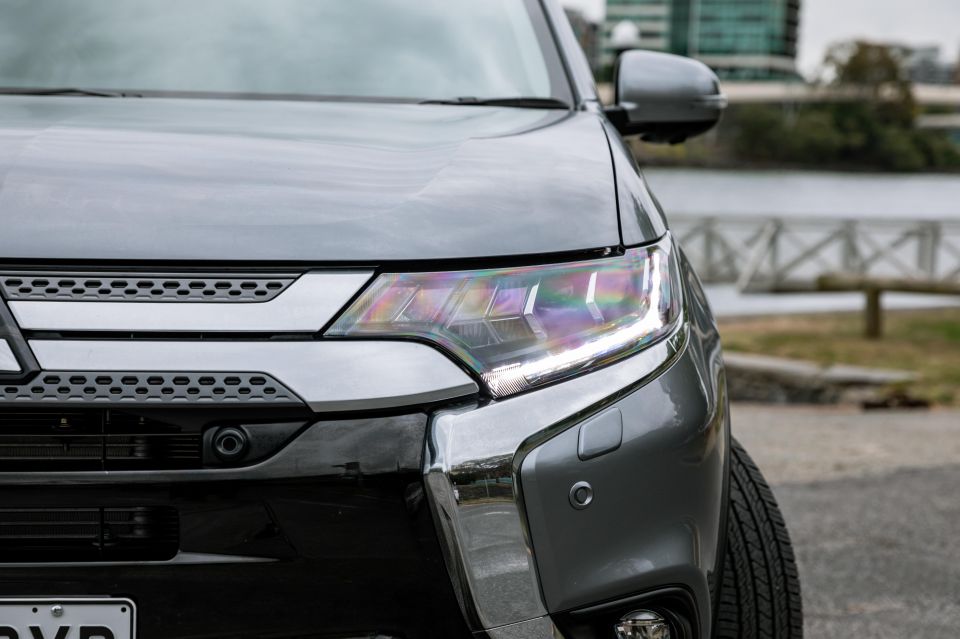
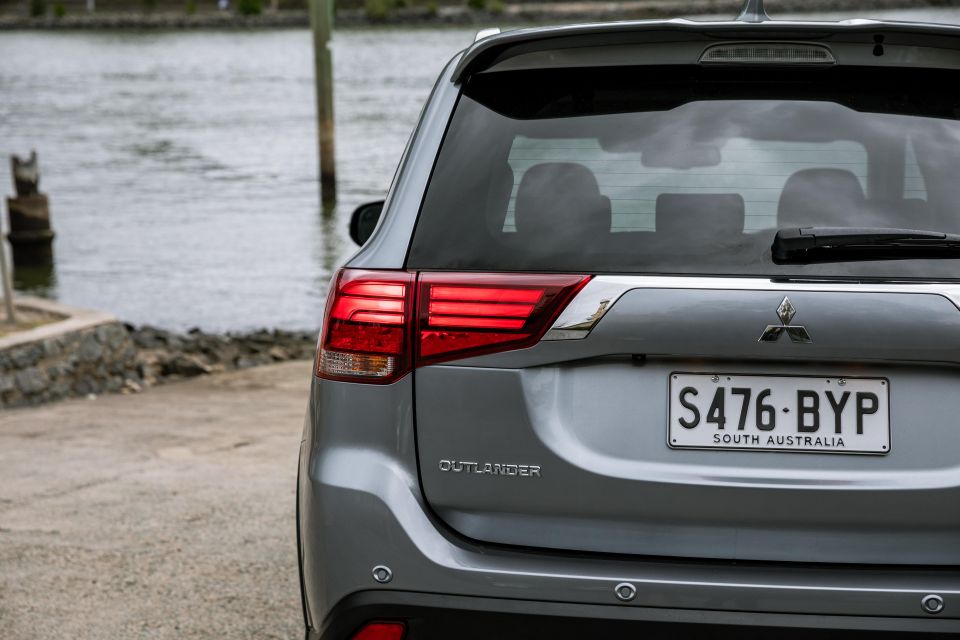
Find out more about the car
Ride quality is acceptable but could do with some polish, the Outlander transmitting more bumps and ruts into the cabin than some rivals.
We’d also appreciate if Mitsubishi could resolve the rattles that come from the back of the cabin – despite our test car having only 2000km on the odometer, we heard both the tailgate and the cargo blind rattle in day-to-day driving.
The Outlander is uninspiring to drive but it’s not as though every rival is fleet of foot – petrol-powered Sportages and Tucsons, for example, feel coarse and lethargic. This is one class of car where turbocharged petrol engines are most welcome.
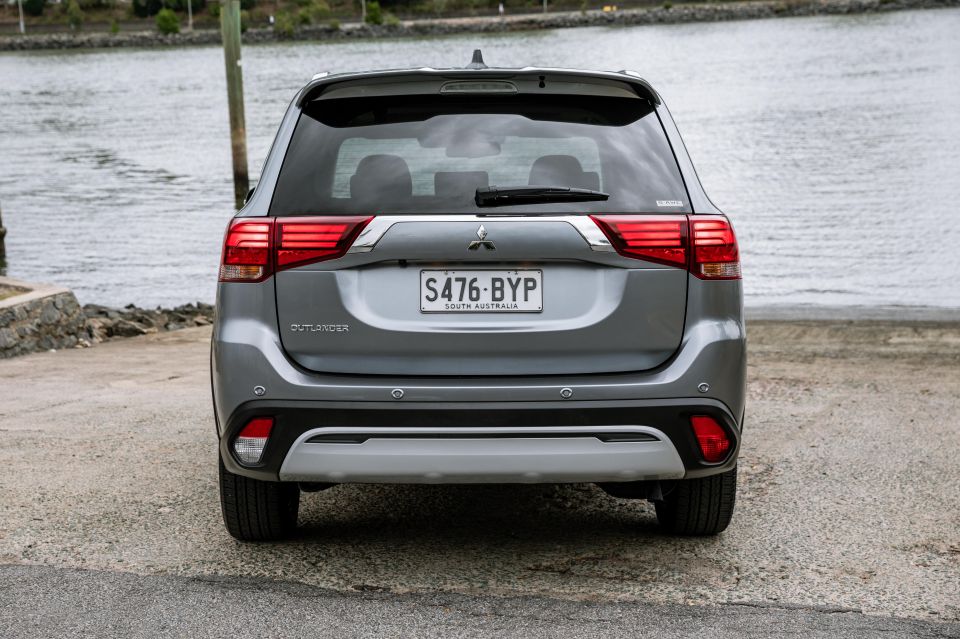
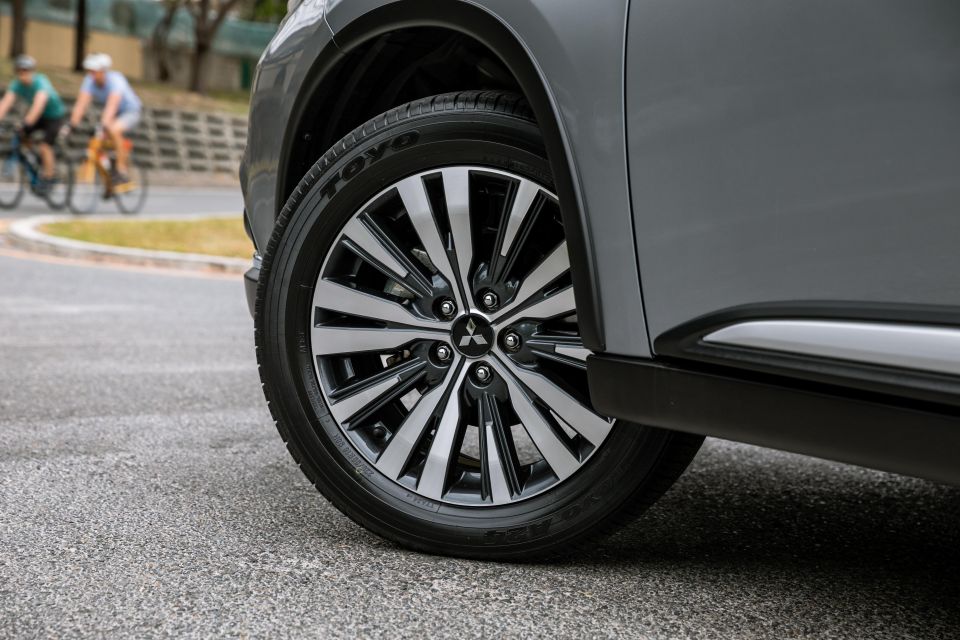
The Outlander requires servicing every 12 months or 15,000km, whichever comes first. It also comes with Mitsubishi’s new 10-year, 200,000km warranty and ten years of capped-price servicing, though the warranty is only five years and 100,000km if you don’t service your car at a Mitsubishi dealership.
Services work out to be an average of $429 each over this period.
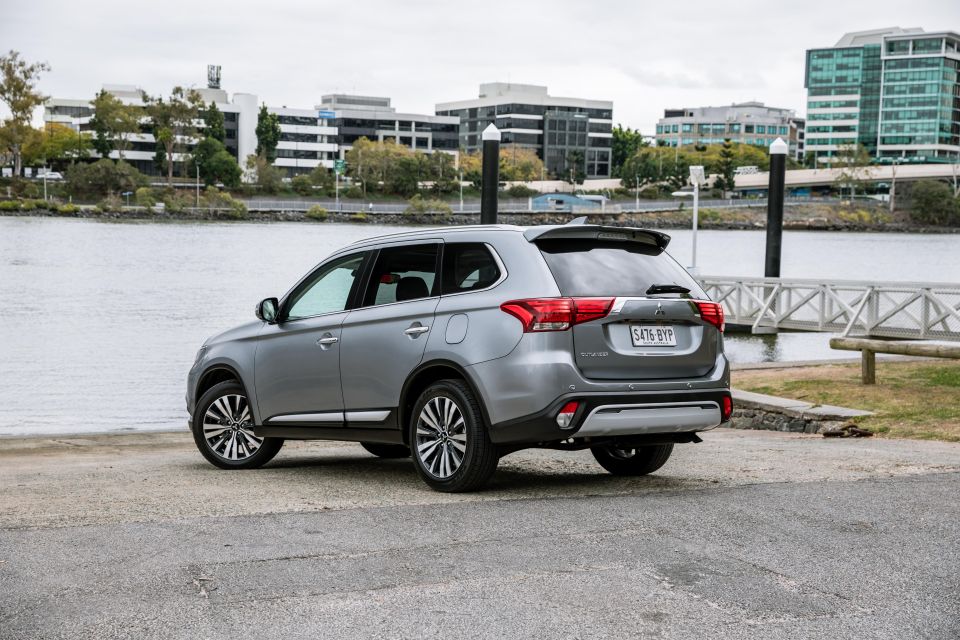
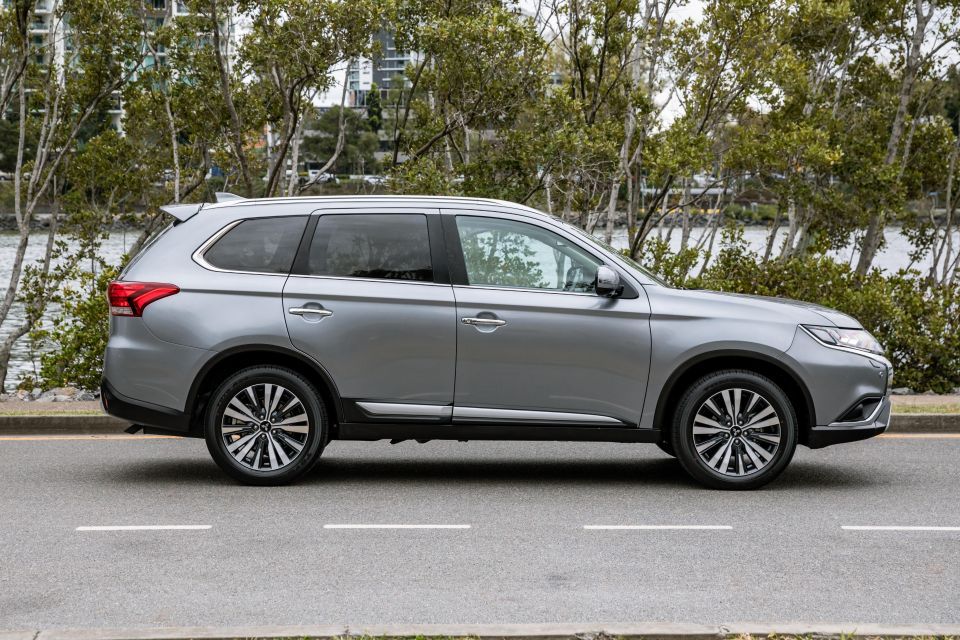
Despite its age, the Outlander still has a bit to offer – it offers seven seats in a mostly five-seat class and Mitsubishi offers some enticing deals. The combination of all-wheel drive, a third row, and the Exceed’s generous equipment list also helps the Outlander stand out at this price point.
Mitsubishi’s tweaked the Outlander spec sheet a bit for 2021, however, adding blind-spot monitoring and rear cross-traffic alert to the $6000 cheaper LS. While you’ll miss out on helpful features like a surround-view camera, LED headlights and front parking sensors, that’s a significantly lower price.
Unfortunately, the Outlander suffers from a gloomy interior and an infotainment system plagued with frustrating usability issues. It’s a safe, predictable SUV to drive but we weren’t enamoured with the performance or refinement of its powertrain, either.
However small it may be, the Outlander’s third row could be a huge boon for your family whenever Nana is in town or you have to pick up your kids and their friends from cricket practice. If you can do without it or forego all-wheel drive, however, there are more affordable and/or more modern options available.
Take advantage of Australia's BIGGEST new car website to find a great deal on a Mitsubishi Outlander.
Discover and compare similar models
William Stopford is an automotive journalist based in Brisbane, Australia. William is a Business/Journalism graduate from the Queensland University of Technology who loves to travel, briefly lived in the US, and has a particular interest in the American car industry.


James Wong
1 Month Ago


Andrew Maclean
28 Days Ago
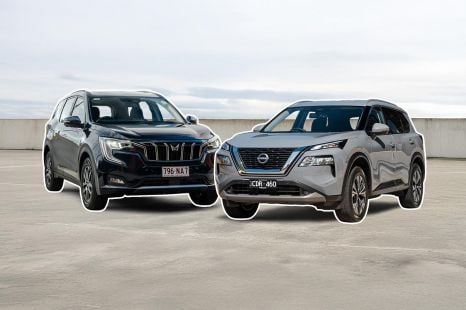

Andrew Maclean
24 Days Ago
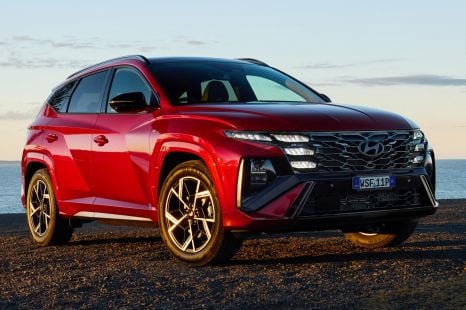

James Wong
23 Days Ago
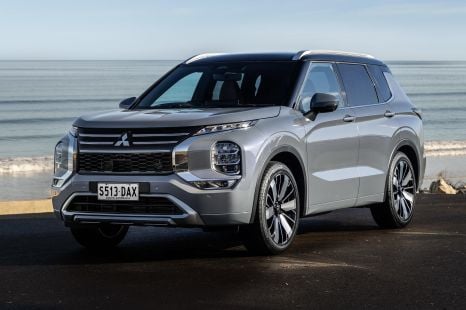

Max Davies
16 Days Ago
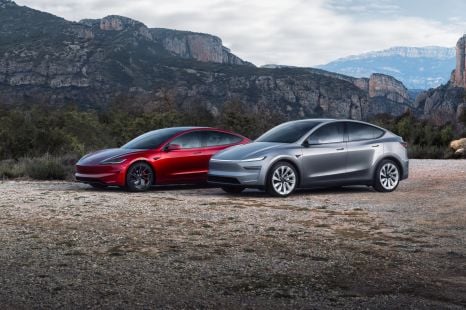

Damion Smy
11 Days Ago